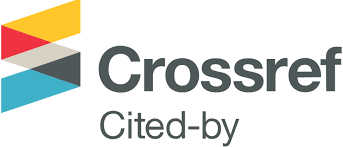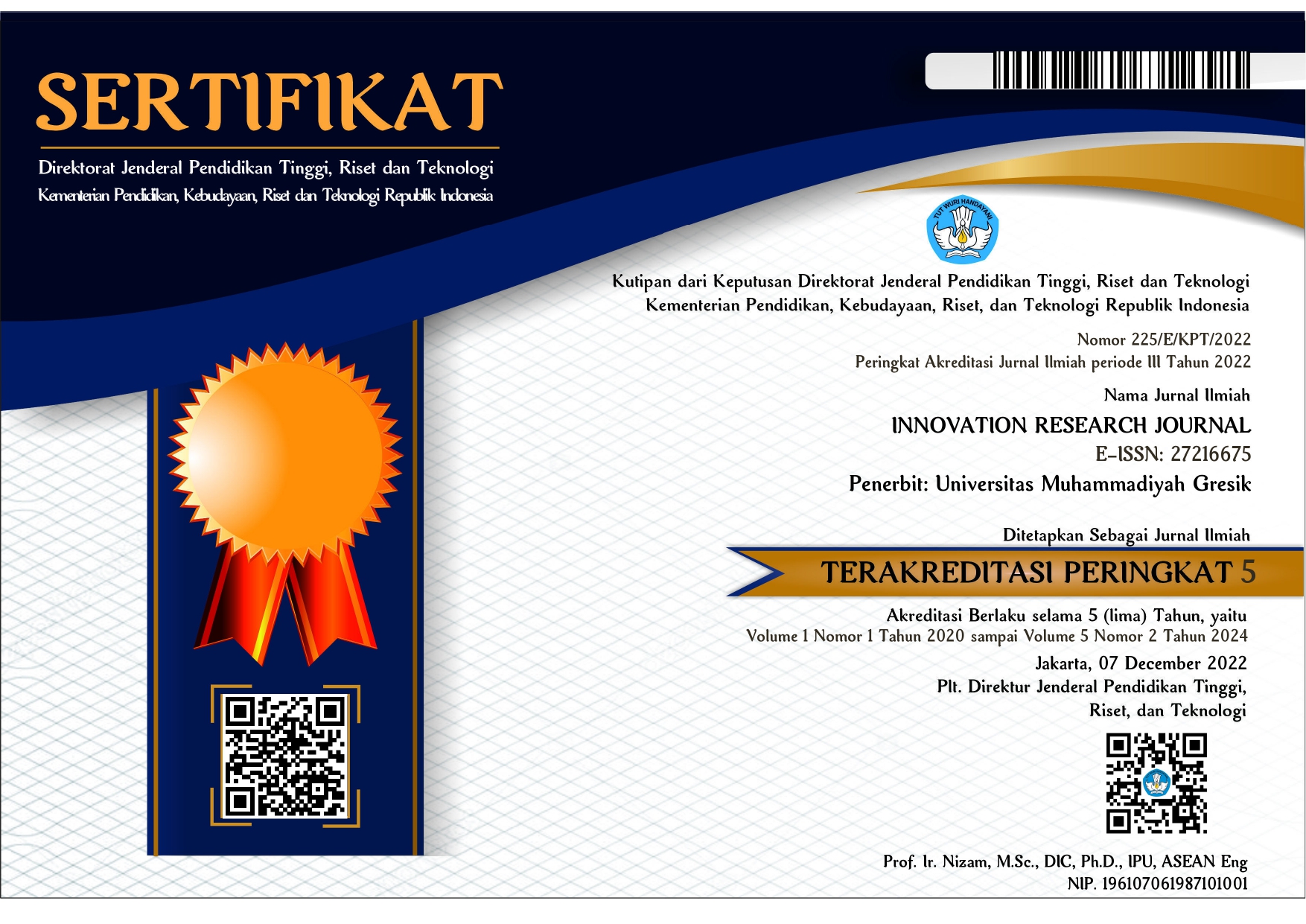Error Analysis On The Use of Simple Past Tense Among The Second Year Students Of SMP Inshafuddin Banda Aceh
DOI:
https://doi.org/10.30587/innovation.v5i1.8010Keywords:
Error Analysis; Simple Past Tense.Abstract
Tense is a part of grammar unit that must be mastered by L2 learners. For some L2 learners, the simple past tense is considered as a challenging tense to learn. This issue can be seen on the test given to the students at SMP Inshafuddin Banda Aceh. Hence, this study aimed to find out the common errors produced by second-year students and errors described on the frequency occurrence of the errors made among students on the use of simple present at SMP Inshafuddin Banda Aceh. The study used descriptive qualitative and descriptive quantitative research methods and employed purposive sampling technique to collect the data. There were 45 second-year students of SMP Inshafuddin Banda Aceh participated in the study. The data was collected by giving a writing test to the students. There were two types of the test; identification and identification of errors. Next, the data collected was analyzed by forming a reconstruction of sentence correction in the target language; identifying the errors, and classifying the errors. The findings of the study presented that the most common error made by students on the use of simple past tense is misformation. Meanwhile, the frequency of errors on the use of simple past tense shows that the most common error types are on the error of misformation. Two types of errors identified as the most difficult items are errors of addition and errors of misformation where these types were categorized as “fair”. Meanwhile, errors of omission and errors of misordering were categorized as “good”.
References
Keller, T. E., Cusick, G. R., & Courtney, M. E. (2007). Approaching the transition to adulthood: Distinctive profiles of adolescents aging out of the child welfare system. Social Services Review, 81, 453-484.
Abushihab, Ibrahim. 2014. An Analysis of Grammatical Errors in Writing Made by Turkish Learners of English as a Foreign Language. International Journal of Linguistics.Vol. 6, No. 4. 214
Brown, H. D. (2001). Teaching by principles: An interactive approach to language pedagogy (2nd ed.). London: Addison Wesley Longman, Inc.
Brown, Douglas. (2007). Principles of Language Learning and Teaching. New York: Longman.
Cholipah. (2014). Skripsi. An Analysis of Students’ Error in Writing Recount Text (A Case Study in the Second Grade Students of SMP Trimulia, Jakarta). Jakarta: State Islamic University of Jakarta
DestaTririzkiLiasari. (2017). Skripsi. An Analysis Of Students’ Grammatical Errors In Writing Report Text At Second Grade Of Senior High School. Indonesia: University Of Lampung.
Ellis, R. and Barkhuizen, G. (2005). Analysing Learner Language. China: Oxford University Press.
Erdogan, (2005). Contribution of error analysis to foreign language teaching. Mersin University Journal of the Faculty of Education. 1(2), 261- 270.
Nezami, A. (2012). Common Error Types of Iranian Learners of English. Journal of English Language Teaching. Vol. 5. No. 3. 160-170.
Polkinghorne, D. E.(2005).Language and meaning: Data collection in qualitative research. Journal of Counseling Psychology, 52(2), 137-145.
Richard, Jack C., and Willy A. Renandya.(2002). Methodology in Language Teaching; An Anthology of Current Practice . London: Cambridge University Press.
Sugiyono. (2017). Metode Penelitian Kuantitatif, Kualitatif dan R&D. Bandung: Alfabeta









